Home Telematics Company Protects Properties Using Low-Code Development
August 5, 2020

Imagine being away from home, working, when you get a notification on your smartphone. You call your neighbor and ask them to check on your house. Lo and behold, your neighbor sees smoke coming out of your property. They call 911, and the fire is averted. Your home is saved.
That’s exactly what happened to a homeowner whose house was saved by a sensor made by Roost, a technology startup that develops home telematics devices.
Roost makes sensors for insurance agencies, which then provide the devices to homeowners. Their unconventional B2B2C business model mitigates loss for both insurance agencies and homeowners, but it also yields unique data management challenges.
Here’s how Roost uses Caspio to save properties across the world — without having to write code.
Mitigating Property Loss With Smart Home Sensors
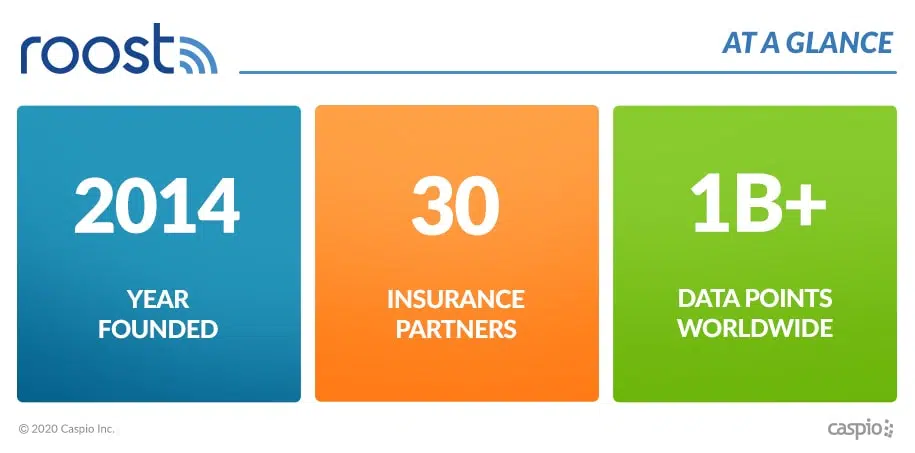
Based in Sunnyvale, California, Roost provides home telematics solutions to property insurance carriers and claims organizations, which in turn supply the products to property owners. They currently partner with 30 of the world’s top insurance providers.
Roost smart data sensors send alerts to owners in case of water leaks, freezing temperatures, smoke alarms and detected motion in homes and commercial buildings. As a result, owners enjoy peace of mind knowing they’ll get notified of any possible property issues before they worsen, while insurers receive the added benefit of rich data.
Most of all, property loss is mitigated.
Because of their B2B2C model, Roost must serve as a centralized hub for all information coming from devices, funneling critical data that insurers and homeowners need the most. And for a time, making that supply chain work seemed unattainable.
Multiple Data Pain Points, Varying Partner Requests
Kim Graf, Roost’s director of customer experience, plays a crucial role in communicating information between the company, their insurance partners and end-user customers.
Recognizing that their unique marketing funnel makes data collection more challenging, she admitted spending much of her time jumping from one data repository to another. She had to consolidate data from Excel spreadsheets, CSV files on Dropbox, reports on SurveyMonkey and so on to make sense of the information handed to her. “It was truly death by Excel spreadsheets,” Graf quipped.
Accessing insurance data was also tricky, as there were privacy-protected elements involved in the documents. Graf realized that in order to manage the data effectively, they had to protect themselves from insurance information that they didn’t need to see.
Compounding the problem was their inability to respond rapidly to specific insurance company requests. Each of the agencies they serve had a “slightly different request” for how they wanted to do business with Roost.
She needed an effective solution to address all these pain points — fast.
Consolidating Data in a Secure Online Database
Graf and her team are not programmers, so instead of building custom software, they evaluated existing solutions on the market, including Oracle NetSuite, Salesforce and ActiveCampaign. She later realized that these supply chain and CRM tools “didn’t quite fit the bill” when it came to their budget and design requirements.
“So, from what I call a very deep point of pain, I started looking for other options, and I stumbled upon Caspio,” Graf shared.
Despite having no background in programming or application development, Graf found the Caspio platform intuitive and easy to use. She leveraged Caspio’s visual drag-and-drop tools for relating and filtering data, user access controls for ensuring multi-user security, and cloud-based infrastructure for automatic scaling of data.
“The Caspio online database allowed us to get many different data sources into one location, improving our processes in what I call our business to business to consumer (B2B2C) supply chain,” she said. Thanks to their Caspio-powered online database, Roost now has a single source of truth for data across the entire organization.
Accommodating Client Requests, Integrations
Leveraging the simplicity of the Caspio platform, Roost now makes custom-branded applications for their insurance partners. Even though each client has different requirements in how they want to conduct business with Roost, Graf and her team can now adapt and accommodate the various operating structures, thanks to Caspio’s versatility. “We use application templates to rapidly deploy solutions for our clients. With Caspio, we can say yes to most requests,” she added.
In one case, Roost helped a client set up their own Caspio account to be able to isolate potentially sensitive data and prevent it from appearing on the Roost database. Graf opened a separate account where they built tables and applications for the client. Then, they created a Caspio View that contains only the information needed, automatically fetching updates every five minutes and filtering out sensitive data.
“We handed the keys of that account over to our client, so we don’t see their sensitive data. We only pull what we need,” Graf said.
Roost also leverages the extensibility of the Caspio platform to accommodate unique requests, including how insurance companies prefer to send data. Graf recounted an instance when a client who was using different software wished to connect their data via an application programming interface (API). She set up the Web Services API on Caspio, and then gave their client a private ID and key, as well as some instructions from the Caspio website.
The result? Smooth, seamless integration.
“The client’s IT director said, ‘That is the easiest integration we’ve ever done,’” Graf shared.
Supporting Businesspeople to Create Their Own Solutions
With no training or any coding experience, Graf created a robust database using Caspio’s visual application builder. The centralized system enabled her team to capture data simultaneously from multiple points of origin, saving them time and resources.
Additionally, the Caspio low-code platform allowed Graf to accommodate specific requests from their insurance customers to shield the data for which Roost has no direct use. She accomplished all of this by harnessing Caspio’s extensive support resources – from online tutorials to live training.
Throughout her app development journey, Graf revealed that she has “never felt alone.” “All I need to do is contact someone from the Caspio Support Team, and I’ll get great help.”
With guidance from these resources, she was able to create custom application solutions without relying on IT, calling Caspio “a tool for businesspeople.”
“Caspio allows a businessperson to solve a business problem without having to beg an IT or engineering department. I’m able to get my work done, and that fundamentally is the best thing about Caspio.”
Kim Graf
Director of Customer Experience & Support
Roost
Like Graf, you, too, can create powerful applications to overcome your unique business challenges. Eliminate spreadsheet chaos across the organization by securely and efficiently consolidating your information in an online database. Access data on your terms by building tailor-made interfaces for your internal team, or your clients and their customers. Finally, easily connect with partners or web services using our integration tools.
Ready to start creating online databases and other business-critical applications without having to write code? Schedule a free consultation and explore the possibilities today.

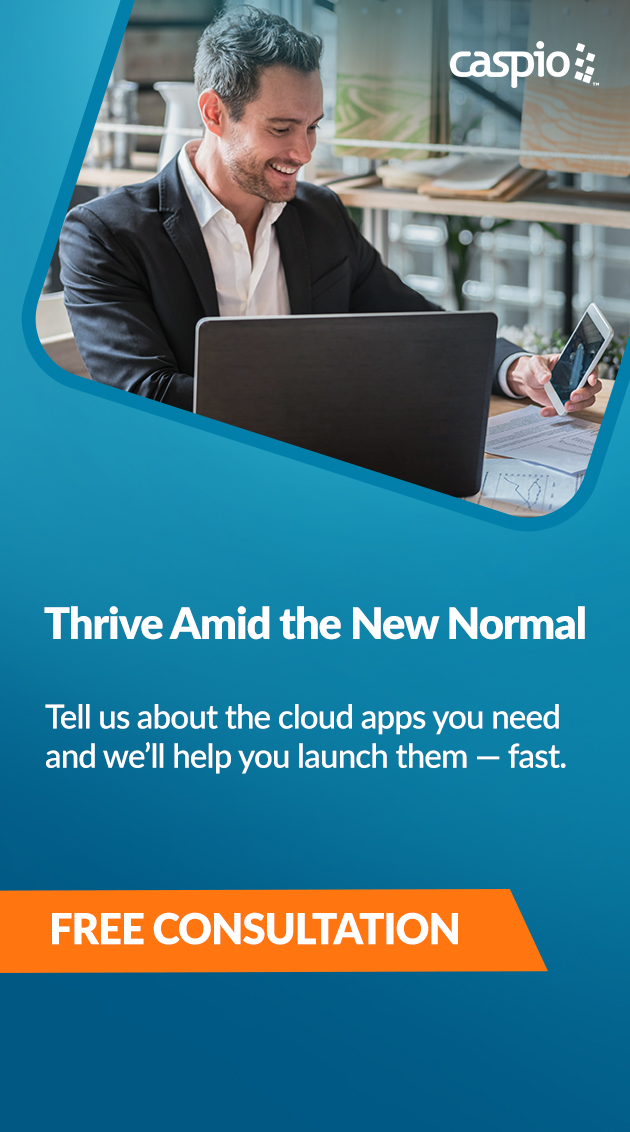
Recommended Articles
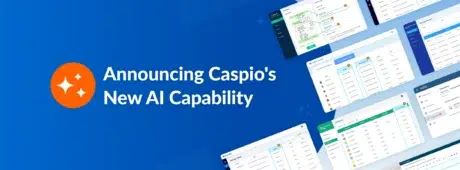
Announcing Caspio's New AI Capability
READ STORY
6 Key Factors for Choosing the Right Low-Code Platform
READ STORY
How Hitachi Vantara Transformed Service Management With Low Code
READ STORY
Outperform in Uncertainty: How Smart Companies Are Scaling With Less
READ STORY
HIPAA-Compliant App Cuts Occupational Therapy Reporting Time by 80%
READ STORY
Caspio Turns 25: A Journey of Growth, Innovation and Impact
READ STORY
How a Healthcare Management Company Rebuilt Its Workflows With Low Code
READ STORY
How ION Embraces Low Code for Improved Data Management | Caspio
READ STORY
10 Practical Ways to Use AI in Your Caspio Apps
READ STORY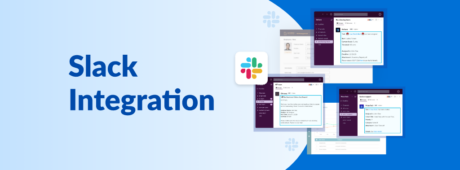
Send Instant Updates From Caspio to Slack Channels
READ STORY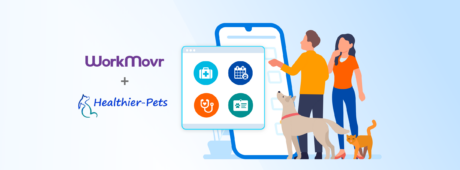
WorkMovr + Healthier Pets: Redefining Pet Wellness With Low Code
READ STORY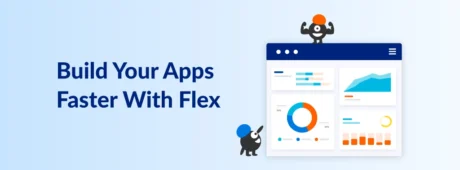
Introducing Flex: A Modern Way to Build Apps
READ STORY
Announcing Caspio's New AI Capability
READ STORY
6 Key Factors for Choosing the Right Low-Code Platform
READ STORY
How Hitachi Vantara Transformed Service Management With Low Code
READ STORY
Outperform in Uncertainty: How Smart Companies Are Scaling With Less
READ STORY
HIPAA-Compliant App Cuts Occupational Therapy Reporting Time by 80%
READ STORY
Caspio Turns 25: A Journey of Growth, Innovation and Impact
READ STORY
How a Healthcare Management Company Rebuilt Its Workflows With Low Code
READ STORY
How ION Embraces Low Code for Improved Data Management | Caspio
READ STORY
10 Practical Ways to Use AI in Your Caspio Apps
READ STORY
Send Instant Updates From Caspio to Slack Channels
READ STORY
WorkMovr + Healthier Pets: Redefining Pet Wellness With Low Code
READ STORY
Introducing Flex: A Modern Way to Build Apps
READ STORY
Announcing Caspio's New AI Capability
READ STORY
6 Key Factors for Choosing the Right Low-Code Platform
READ STORY
How Hitachi Vantara Transformed Service Management With Low Code
READ STORY


